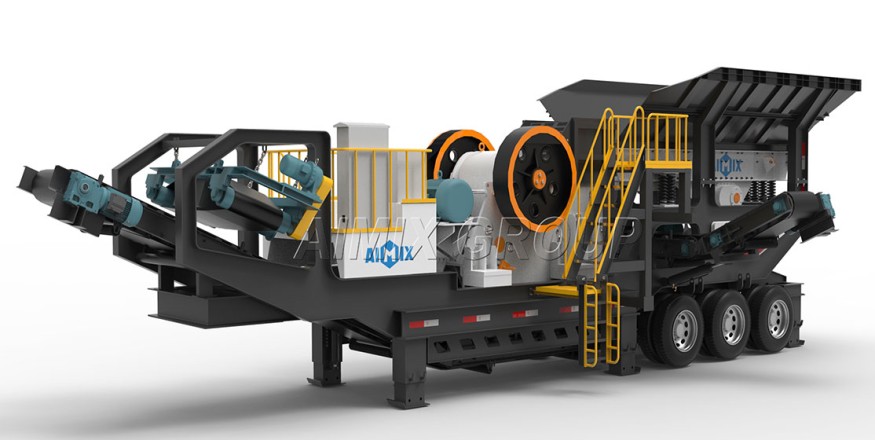The layout of a crushing plant plays a crucial role in optimizing production efficiency, ensuring safety, and maximizing the utilization of space and resources. A well-planned layout facilitates smooth material flow, minimizes downtime, and enhances overall operational effectiveness. Here, we explore key considerations and strategies for arranging the layout of a crushing plant.
Understanding the Objectives494Please respect copyright.PENANAeub6GNWsaO
Before arranging the layout of a jaw crusher plant, it's essential to define the objectives and operational requirements. Consider factors such as:
 494Please respect copyright.PENANAkOZl8dgWul
494Please respect copyright.PENANAkOZl8dgWul
Production Capacity: Determine the desired production capacity of the crushing plant to meet project requirements and production targets.494Please respect copyright.PENANAEEpOnfeErV
Material Flow: Plan the layout to facilitate efficient material flow from primary crushing to screening, secondary crushing, and stockpiling.494Please respect copyright.PENANAUrnM3rolEH
Safety and Accessibility: Ensure that the layout prioritizes safety and accessibility for maintenance, inspection, and operation.494Please respect copyright.PENANAx5Ep6Bjhml
Space Utilization: Optimize the use of available space to accommodate equipment, stockpiles, and infrastructure while allowing room for future expansion.494Please respect copyright.PENANAO4YLcxxNzr
Primary Considerations in Layout Design494Please respect copyright.PENANAJhjwyIOTec
When arranging the layout of the stone crusher plants, several primary considerations should guide the design process:
Primary Crushing: Position the primary crusher centrally within the layout to minimize haulage distances and facilitate efficient material flow. The primary crusher should be strategically located to receive blasted or excavated material and feed downstream processing equipment.
Material Handling: Design the layout to streamline material handling operations, including loading, hauling, and stockpiling. Consider integrating conveyor systems to transport material between processing stages and minimize manual handling.
Screening and Classification: Incorporate screening and classification equipment into the layout to separate materials of different sizes and specifications. Ensure that screening units are strategically positioned to optimize screening efficiency and minimize material handling.
 494Please respect copyright.PENANA940kSgrQxr
494Please respect copyright.PENANA940kSgrQxr
Secondary Crushing and Tertiary Processing494Please respect copyright.PENANAz4xzN81Y8X
After primary crushing and screening, arrange the layout to accommodate secondary and tertiary crushing stages, as well as additional processing equipment:
Secondary Crushers: Position secondary crushers in close proximity to primary crushing units to minimize material transport distances and optimize production efficiency.
Tertiary Processing: Arrange tertiary processing equipment, such as cone crushers or vertical shaft impactors, to efficiently process fine aggregates and shape the final product.
Stockpiling and Material Management494Please respect copyright.PENANABNV824Redp
Incorporate designated areas for stockpiling finished products, intermediate materials, and oversized aggregates:
Stockpile Management: Designate separate stockpile areas for different materials, such as aggregates, fines, and recycled products. Implement proper stockpile management practices to prevent segregation, contamination, and material loss.
Material Reclamation: Plan for material reclamation and recycling by incorporating designated areas for storing and processing recycled materials.
ns216.73.216.175da2
































